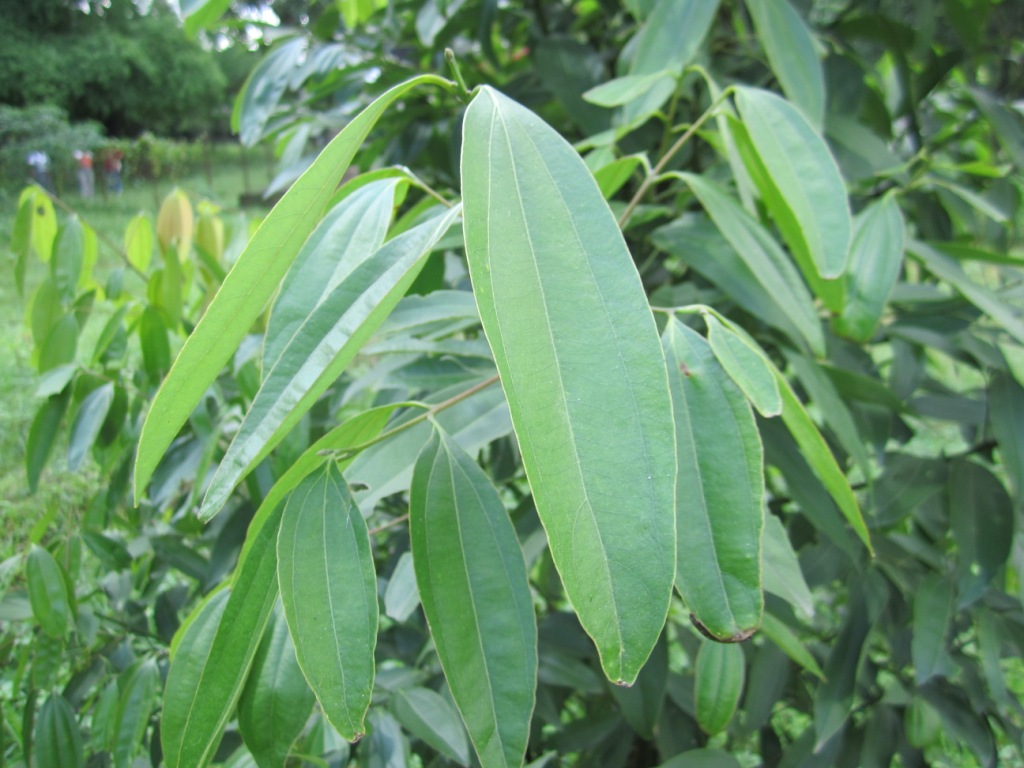Products

Cinnamon

- Botanical Name: Cinnamomum tamala
- Family: Lauraceae
- Flowering and fruiting: The flowers, small and light yellow, are grouped in axillary or terminal panicles. They appear in April-May and yield oval, black drupes appreciated for their taste.
- Parts Used: Barks and Leaves
- Distribution: Native to Asia, cinnamon tamala grows wild on the humid and shady slopes of tropical and subtropical forests, between 450 and 2,100 meters of altitude: Kashmir, Bhutan, High Himalaya Northern Burma, southern China, Himalayas. High mountain In Nepal.
- Method of Extraction: Steam Distillation
Cinnamon tamala is a very popular spice in Nepal. Its aromatic leaves, fresh and simply bruised, are added to dishes.
| Specification of Cinnamon | |
| 1. Organoleptic Properties | |
| Appearance | a limpid, mobile liquid |
| Color | yellow to golden |
| Aroma | Fine, spicy, aromatic, with light camphor and pepper notes. |
| 2. Physico-chemical Properties | |
| Specific gravity | 1.037-1.055 |
| Optical rotation | -2° 34’ |
| Refractive index | 1,5450 - 1,5970 |
| Acid number | |
| Ester number | |
| Ester number after acetylation | |
| Solubility | |
| 3. Chemical constituent: | |
| cinnamic aldehyde 3% eugenol 80-96% benzyl benzoate 3% eugenol acetate 1% | |
| 4. Uses | |
|
The essential oil form is incorporated by the food industry into sauces, condiments Beneficial for Candida overgrowth, digestive disorders, flu and hair growth, and is useful in detoxification. |
|
